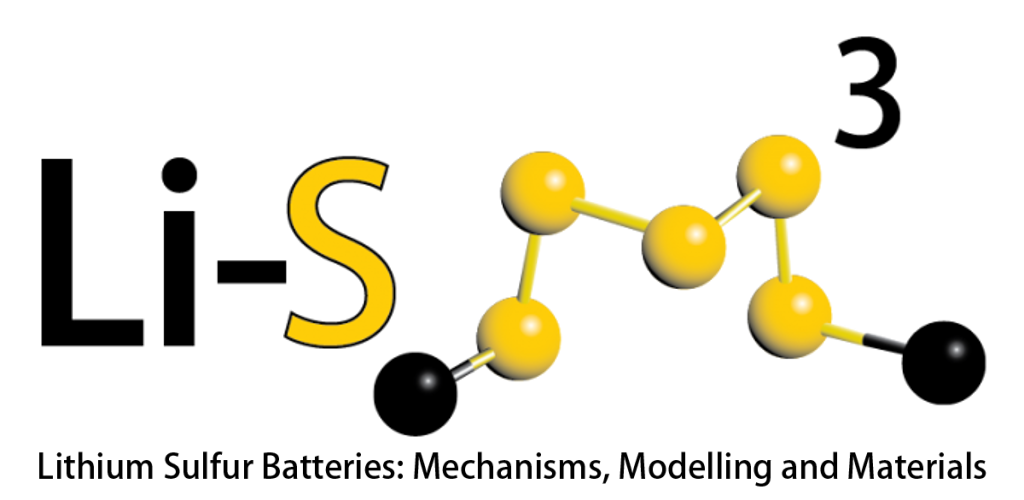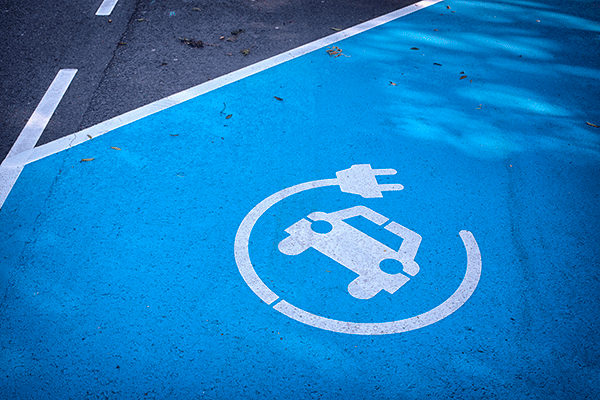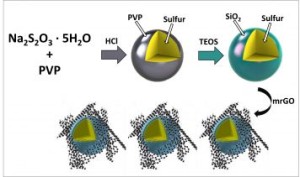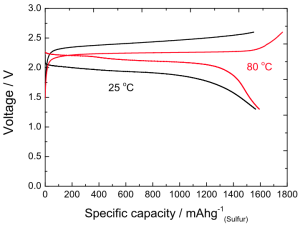 The Journal of The Electrochemical Society Focus Issue on Lithium-Sulfur Batteries: Materials, Mechanisms, Modeling, and Applications is now complete, with 18 open access papers published in the ECS Digital Library.
The Journal of The Electrochemical Society Focus Issue on Lithium-Sulfur Batteries: Materials, Mechanisms, Modeling, and Applications is now complete, with 18 open access papers published in the ECS Digital Library.
“Lithium sulfur batteries are in the focus of research at many hundreds of prominent research groups throughout the world and at several industrial firms as well,” says JES Technical Editor Doron Aurbach in the issue’s preface. “These batteries are highly attractive due to their theoretical high energy density, that may be 4–5 times higher compared to that of Li-ion batteries.”
The focus issue includes invited papers and selected papers from the 2017 Li-SM3 Conference.
“The important technical challenges of Li-S batteries are dealt with in the papers of this focus issue, including development of new sulfur cathodes, protected Li anodes, new electrolyte systems including solid state electrolytes, study of degradation mechanisms, in-situ spectroscopic efforts, surface and structural aspects,” Aurbach continues. “This focus issue of JES is indeed a very suitable epilogue for a very successful and fruitful meeting on a very “hot” topic in modern electrochemistry in general and advanced batteries in particular.”
Read the full JES Focus Issues on Lithium-Sulfur Batteries: Materials, Mechanisms, Modeling, and Applications.


 A new paper published in the Journal of The Electrochemical Society, “
A new paper published in the Journal of The Electrochemical Society, “
 In 2005, the number of electric vehicles on the road could be measured in the hundreds. Over the years, researchers have made technological leaps in the field of EVs. Now, we’ve exceeded a global threshold of
In 2005, the number of electric vehicles on the road could be measured in the hundreds. Over the years, researchers have made technological leaps in the field of EVs. Now, we’ve exceeded a global threshold of 
